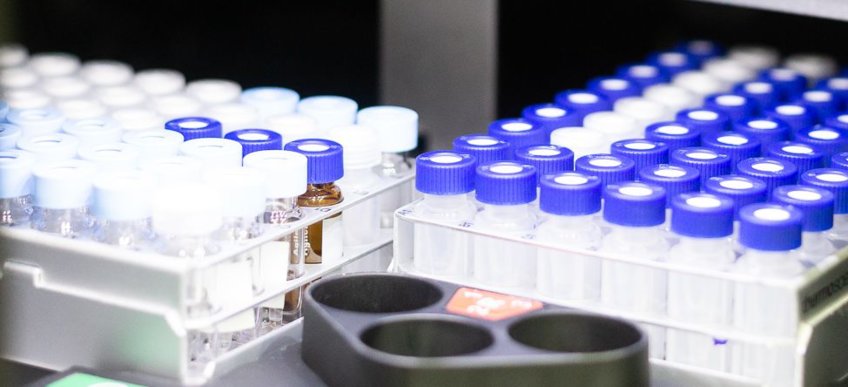
Publications of Helena Schulz-Mirbach
All genres
Journal Article (8)
Journal Article
Systematic engineering of synthetic serine cycles in Pseudomonas putida uncovers emergent topologies for methanol assimilation. Trends in Biotechnology (2025)
Journal Article
Computation-aided designs enable developing auxotrophic metabolic sensors for wide-range glyoxylate and glycolate detection. Nature Communications 16 (1), 2168 (2025)
Journal Article
One-carbon fixation via the synthetic reductive glycine pathway exceeds yield of the Calvin cycle. Nature Microbiology (2025)
Journal Article
New-to-nature CO2-dependent acetyl-CoA assimilation enabled by an engineered B12-dependent acyl-CoA mutase. Nature Communications 15 (1), 10235 (2024)
Journal Article
Engineering new-to-nature biochemical conversions by combining fermentative metabolism with respiratory modules. Nature Communications 15 (1), 6725 (2024)
Journal Article
Implementation of the β-hydroxyaspartate cycle increases growth performance of Pseudomonas putida on the PET monomer ethylene glycol. Metabolic Engineering 76, pp. 97 - 109 (2023)
Journal Article
Construction and modular implementation of the THETA cycle for synthetic CO2 fixation. Nature Catalysis 6 (12), pp. 1228 - 1240 (2023)
Journal Article
Creating new-to-nature carbon fixation: A guide. Metabolic Engineering 82, pp. 12 - 28 (2023)
Thesis - Master (1)
Thesis - Master
Testing and optimizing a 3-hydroxypropionyl-CoA mutase in E. coli. Master, Humboldt-Universität zu Berlin, Berlin (2022)
Preprint (3)
Preprint
Systematic engineering of synthetic serine cycles in Pseudomonas putida uncovers emergent topologies for methanol assimilation. bioRxiv: the preprint server for biology, 2025.02.17.638773 (2025)
Preprint
Expanding the biotechnological scope of metabolic sensors through computation-aided designs. bioRxiv: the preprint server for biology, 2024.08.23.609350 (2024)
Preprint
Implementation of the β-hydroxyaspartate cycle increases growth performance of Pseudomonas putida on the PET monomer ethylene glycol. bioRxiv: the preprint server for biology, 2022.08.08.503134 (2022)